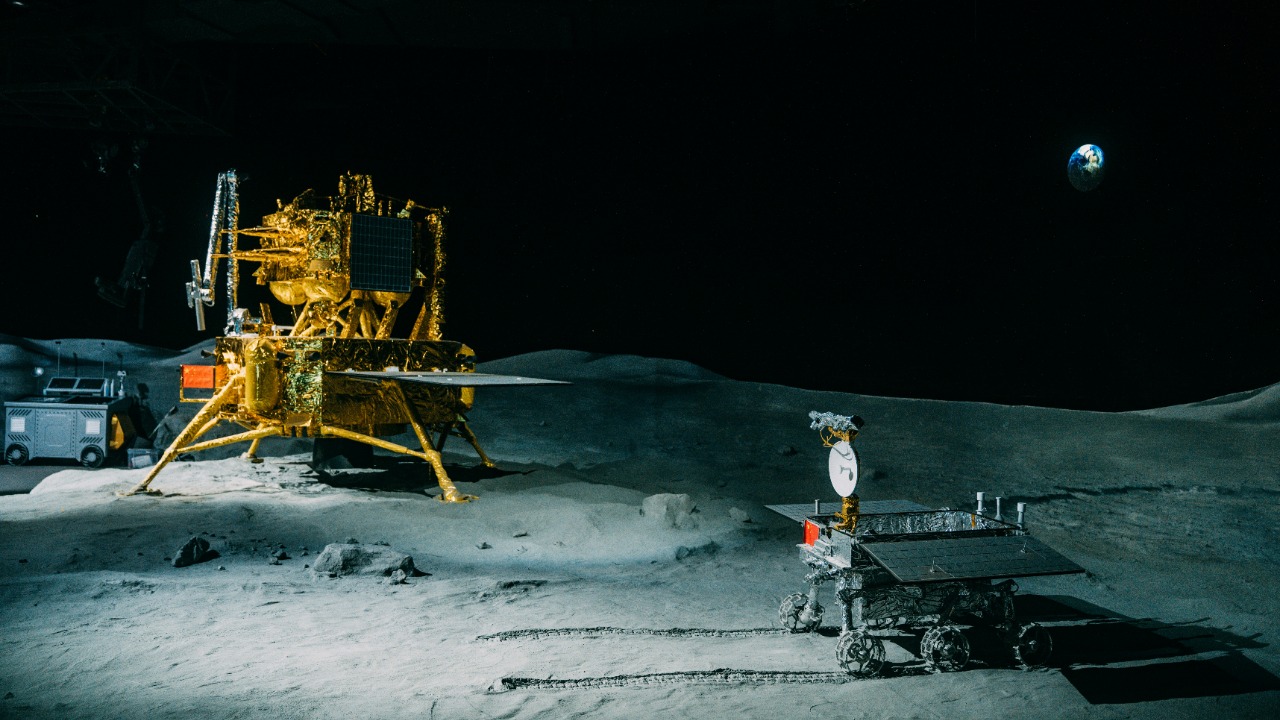
A pioneering startup is preparing to mine a rare lunar resource, colloquially termed “moon fuel,” which is estimated to be worth a staggering $20 million per kilogram. This audacious venture aims to extract this resource from the moon’s surface, offering a potential breakthrough in sustainable power sources that could end our dependence on fossil fuels. This initiative, reported on November 4, 2025, could potentially reshape the energy landscape by utilizing extraterrestrial materials.
The Promise of Lunar Mining
The core concept of this venture revolves around mining helium-3, a rare isotope on Earth but abundant on the moon, from the lunar regolith. This isotope, often referred to as “moon fuel,” could be a game-changer for fusion energy. The startup envisions scalable operations, including the use of robotic extraction technologies specifically designed to withstand the moon’s harsh environment. This could potentially create a new multi-trillion-dollar industry through off-world resource utilization, thereby having a significant impact on the global economy.
According to recent reporting, the startup’s vision is not just a pipe dream. With the right technology and investment, the moon’s abundant helium-3 reserves could be harnessed to fuel our energy needs for generations to come.
Valuing Moon Fuel at $20 Million Per Kilo
The $20 million-per-kilo price tag for moon fuel is attributed to its potential role in enabling clean fusion power. This could power cities without emissions, making it a highly valuable commodity. When compared to current energy commodities like rare earth metals or uranium, it becomes clear why lunar helium-3 commands such a premium.
Market forecasts predict a surge in demand for this resource, driven by advancements in nuclear fusion reactors seeking abundant fuel sources. As fusion technology continues to evolve, the value of moon fuel is expected to rise, potentially creating a lucrative market for those able to extract and supply it.
Technological Challenges in Extraction
However, the venture is not without its challenges. The engineering hurdles include developing autonomous rovers and vacuum-compatible processing equipment for lunar soil sifting. There is also a need for low-gravity handling systems to collect and refine moon fuel without contamination from solar wind particles.
The startup is currently working on timelines for proof-of-concept missions, which include partnerships with space agencies for launch and deployment. These missions will be crucial in demonstrating the viability of the extraction process and the potential for commercial-scale operations.
Energy Revolution Through Fusion
Moon fuel could potentially fuel next-generation fusion reactors, producing limitless clean energy by mimicking the sun’s power process. This would be a significant step forward in the quest for sustainable energy sources. Current fusion projects, like ITER or private ventures aiming for net-positive energy output, would greatly benefit from an abundant supply of helium-3.
In the long term, the benefits of this venture could include reduced carbon emissions and energy independence for nations investing in this technology. This could potentially revolutionize the global energy landscape, making it a truly transformative initiative.
Economic and Geopolitical Implications
The startup’s business model includes funding rounds and revenue streams from selling moon fuel to energy firms worldwide. However, there are also international competition and regulatory hurdles to consider. Rival programs from China and the U.S. are also eyeing lunar resources under the Artemis Accords, which could lead to geopolitical tensions.
Furthermore, there are risks associated with space treaties and the high upfront costs of interstellar mining infrastructure. Despite these challenges, the potential rewards of this venture make it a compelling proposition for investors and stakeholders alike.
Path to Launch and Future Missions
The startup’s roadmap begins with test extractions in the moon’s south pole craters, which are rich in volatiles. Collaborations with established players like SpaceX are also being explored for transportation logistics to and from the lunar surface.
The scalability of this venture is truly exciting. From initial kilo-scale hauls, the startup envisions scaling up to megaton shipments that could sustain Earth’s energy needs for centuries. While the path to launch is fraught with challenges, the potential rewards make this a venture worth watching.
More from MorningOverview